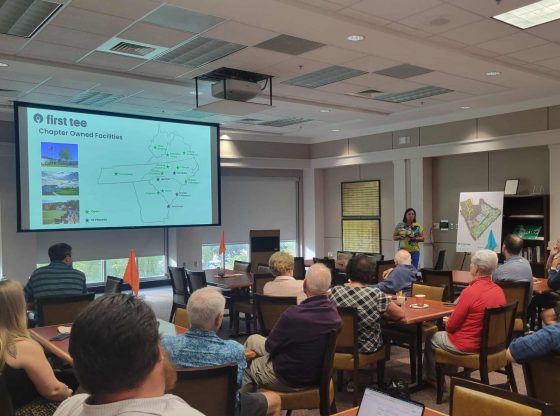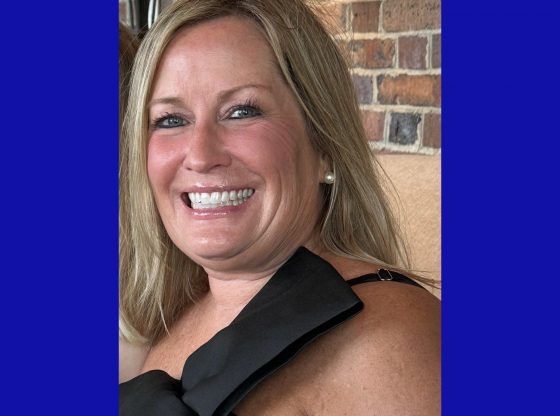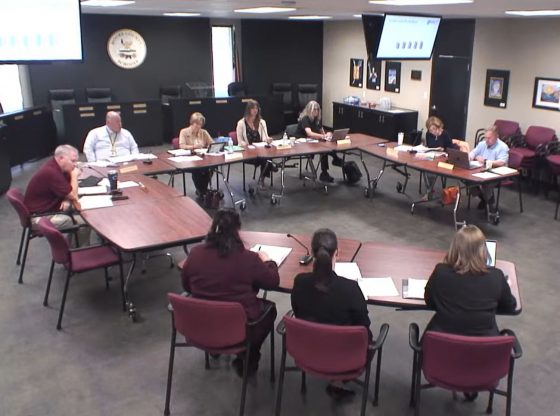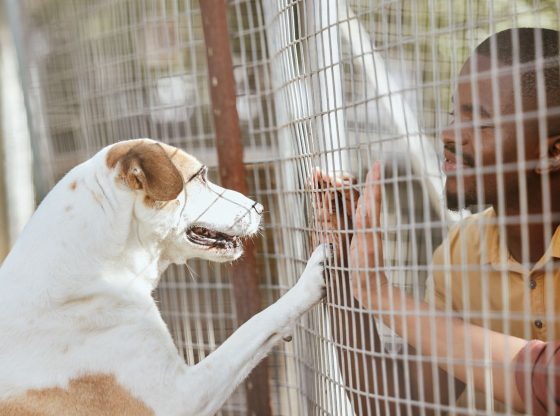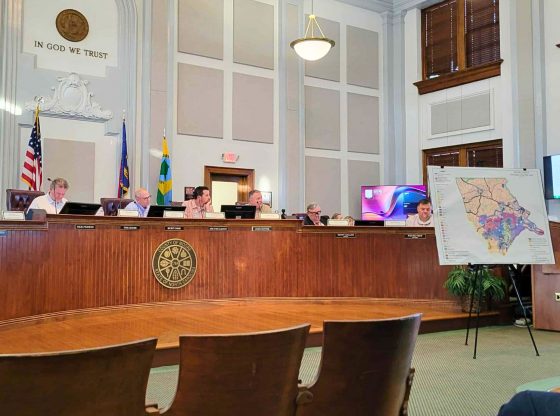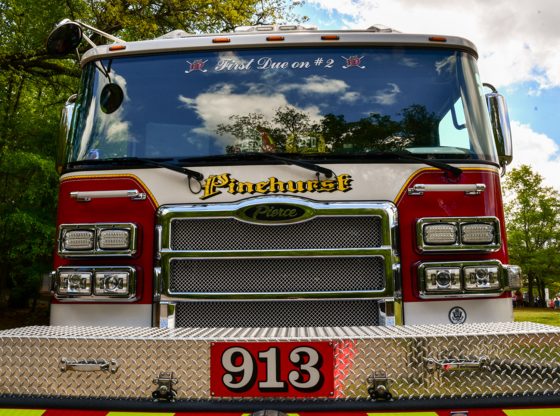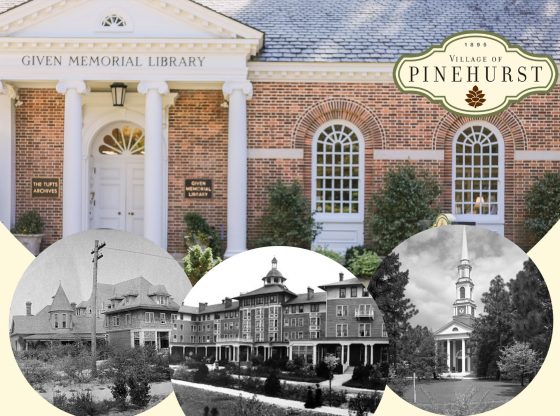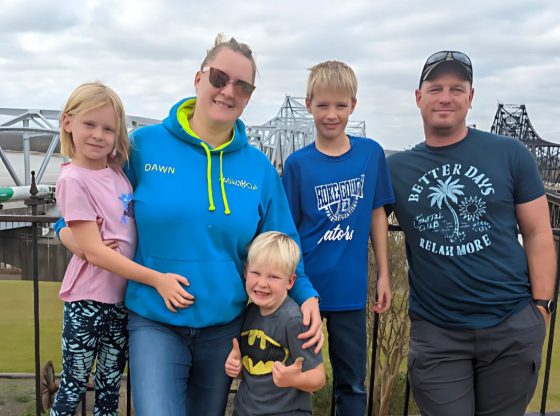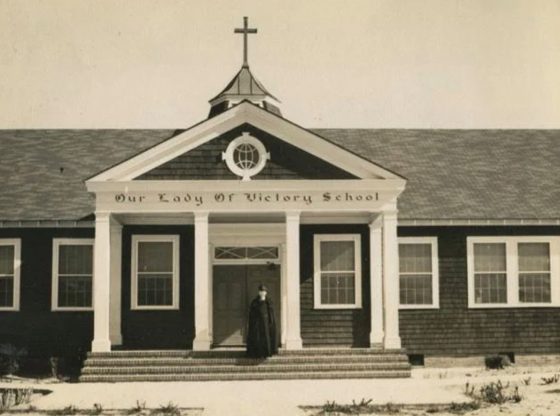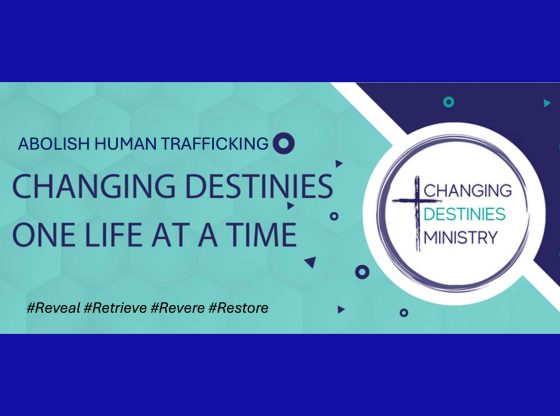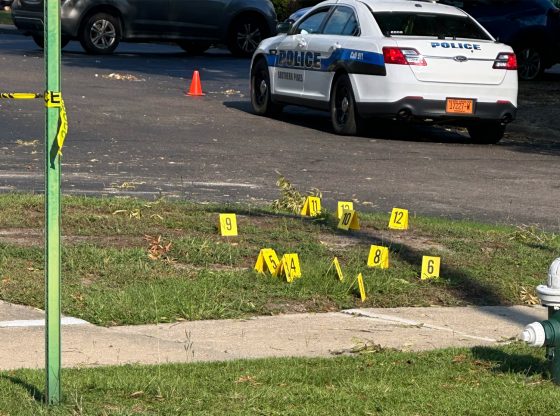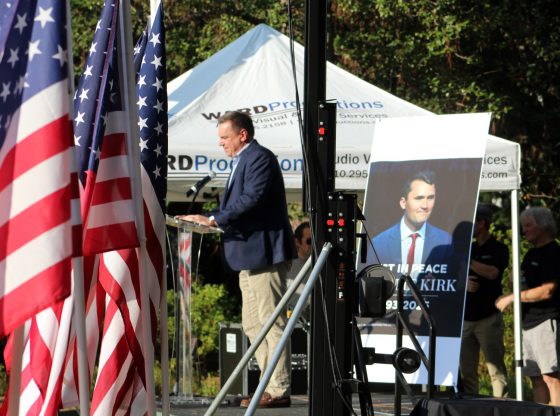The First Tee – Sandhills youth golf organization is moving forward with plans to build a community learning hub and a nine-hole golf course on a 34-acre property outside of Cameron. The facility intends to serve “thousands of children and teens” across the region through programs that combine golf instruction with life skills and character development.
At a previous meeting in March, the Cameron Board of Commissioners rezoned the property from rural agricultural to conditional zoning, allowing the project to move forward.
First Tee – Sandhills Executive Director Courtney Stiles presented updates on Wednesday at a town hall-style discussion at Sandhills Community College regarding the progress and goals for the site.
“Our mission is to impact the lives of young people by providing educational programs that build character and instill life-enhancing values through the game of golf,” Stiles said. “We need to lean in as a community to create opportunities and access points for young people, and that’s what has driven us to go above and beyond our existing program.”
Currently, the organization has reached nearly 2,900 youth, distributed over 220 sets of junior golf clubs, and logged more than 1,400 volunteer hours. The new site is expected to increase youth participation by 140%, with 70% of those served projected to be at-risk or underserved.
Stiles pointed to Carthage, Robbins, Sanford, and Spring Lake as areas with populations of underserved youth that the program aims to reach with the new facility.
The new site design is being led pro bono by Richard Mandell Golf Architecture and will sport more opportunities than just golf; features include walking trails, pop-up STEM stations, and areas for science experiments.
The property will include a mix of sod, natural grass, and artificial turf to support sustainability, and the golf course will feature push-up greens and USGA-rated surfaces. The Par 3 course will span 751 yards, allowing it to be officially rated for handicaps. The layout is designed to accommodate beginners with easier holes near the building and more challenging ones farther out.
So far, six acres have been completely cleared of trees for construction.
The design avoids vertical netting by using trees and angled bunkers to keep golf balls within the property. “We really wanted to create a property that didn’t have vertical netting,” Stiles said. “We purposely kept some trees so we wouldn’t have to put netting up.”
She added, laughing, “There will be no golf balls on U.S. 1.”
Stiles believes that this project is “for the community by the community.” She explained that she finds it exciting to think that a large group of people who are passionate about life in the Sandhills region are coming together to be part of the project.
“If you have a blank check, I won’t say no, but I really want to embrace the idea that we all work together to bring this to life because it’s going to benefit future generations past us,” said Stiles. “The sky’s the limit.”
In addition to disadvantaged youths, First Tee – Sandhills envisions a variety of groups being able to utilize the center, including schools bringing students on field trips, youth-serving organizations, groups for veterans, community colleges, and public use.
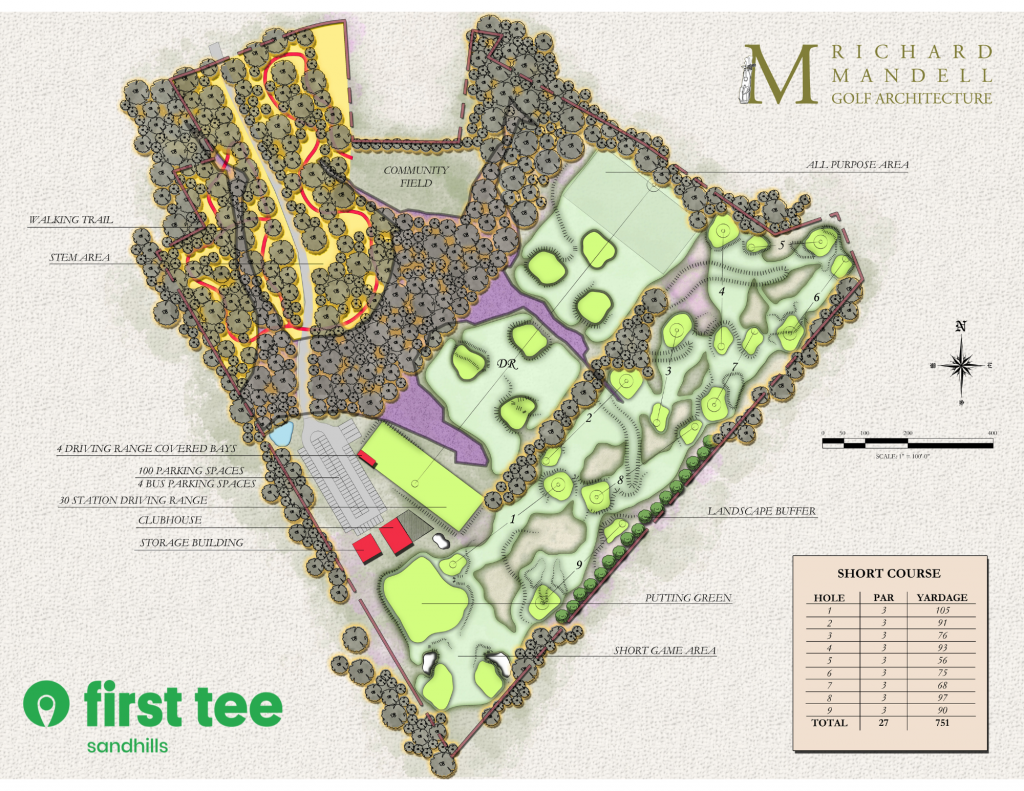
A map of the property via First Tee – Sandhills.
Q&A with Courtney Stiles
After reading through the presentation, Stiles heard and answered questions from the audience.
Q: How deep is the well?
A: We kept sending positive thoughts, and we did strike water. … It’s over 260 feet deep and pumps 75 gallons per minute.
Q. Have you looked into renewable resources for power, such as solar?
A. We didn’t dismiss it, but based on the rooflines, we wondered if they would garner enough solar to make it work. The structures will go in at the end, and when we meet with Central Electric, we’ll ask what our options are.
Q. What about parking spaces with solar over them? That might accomplish two goals at once.
A. Can I ask you a question? Would you like to pay for those parking spaces?
Q: Have you been working with wildlife specialists to identify wildlife and endangered species on the land?
A: Yes, none were found.
Note: A representative from the Wildlife Resources Commission present in the audience noted it was “the wrong time of the year,” so additional research may be needed.
Q: Would you consider partnering with the pickleball community?
A: Do they play on grass? Are they known for volunteering their time?
Q: Have you looked into composting to take care of the land to save money and help the land?
A: We haven’t, but we’ll put it on the idea board.
Q: What is the purple area on the map?
A: That is wetland. It’s very small, but it stands out like “oh my goodness, what is that?” It will follow the rules of [conservation], but everything will be cut down really low. It’s a hard process to move wetlands to another part of the property. One day, we’d like to redirect it. That being said, to ensure it’s a positive experience for younger kids, we’re minimizing the impacts of the wetlands so they’re not like “oh my goodness, what is that?”
For Moore news delivered straight to your inbox, please click here to sign up for the free Sandhills Sentinel e-newsletter.
~ Article and feature photo by Sandhills Sentinel Assistant Editor Abegail Murphy. Abegail has been writing for Sandhills Sentinel since 2021.


